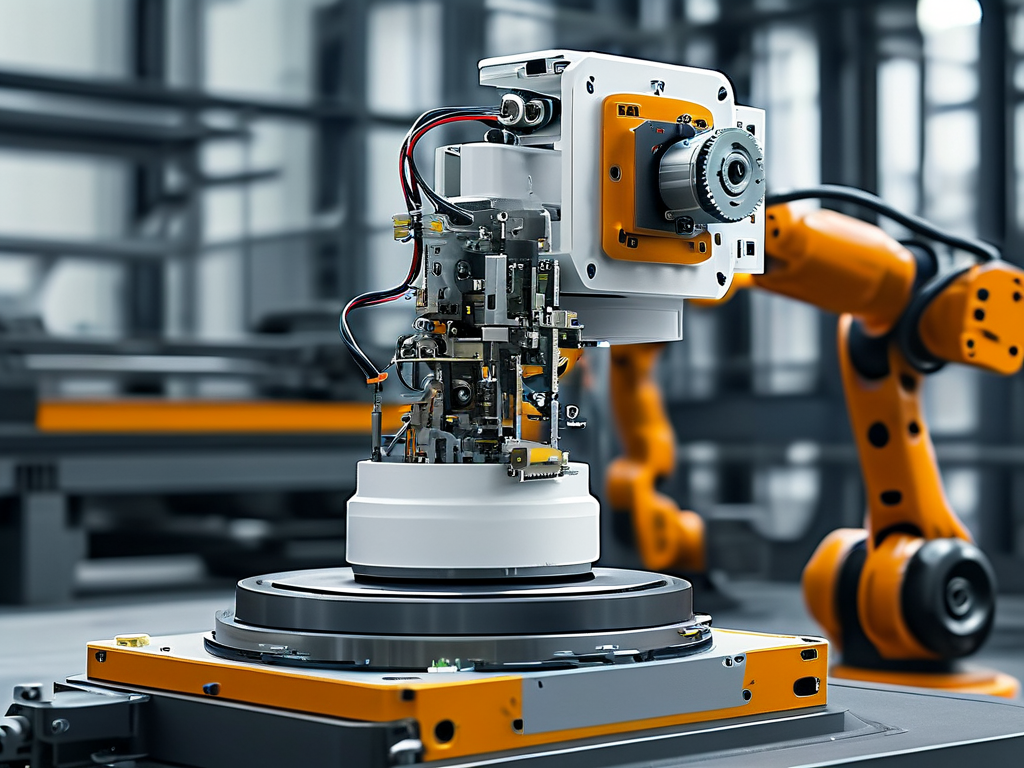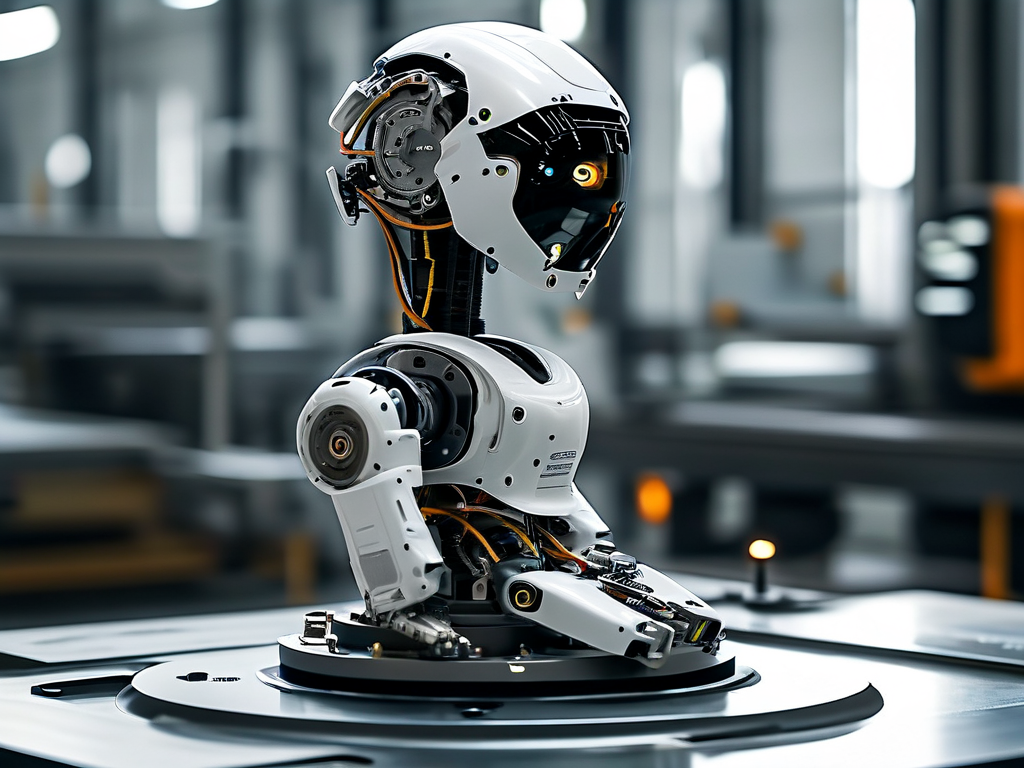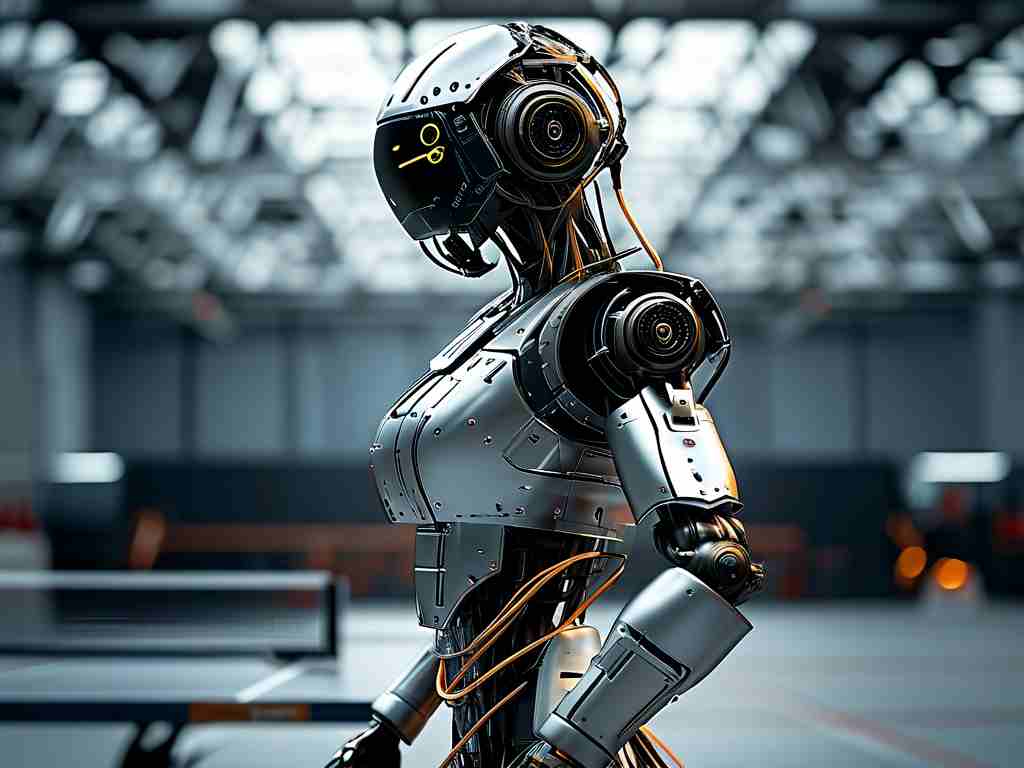Pendulum robot technology represents a cutting-edge fusion of mechanical engineering and advanced control systems, designed to mimic or enhance pendulum-like motion for precision tasks. Unlike traditional robotic arms, these systems leverage oscillatory mechanics to achieve unique operational efficiencies, making them invaluable in industries requiring delicate balance, rapid adjustments, or energy conservation.
The Science Behind Pendulum Robotics
At its core, pendulum robot technology draws inspiration from the classical physical principles governing pendulum motion. A simple pendulum consists of a mass suspended from a pivot, swinging under gravitational influence. In robotic applications, this concept is scaled and augmented with sensors, actuators, and adaptive algorithms. The key innovation lies in stabilizing and controlling the pendulum’s natural oscillations to perform tasks such as object manipulation, transportation, or even bipedal locomotion.

Modern pendulum robots often employ inverted pendulum designs, where the mass is positioned above the pivot point. This configuration, inherently unstable, demands real-time feedback systems to maintain equilibrium. For instance, gyroscopes and accelerometers continuously monitor tilt angles, while servo motors adjust limb positions or wheel speeds to counteract deviations. Such systems are widely used in self-balancing robots like Segways or warehouse logistics robots that navigate uneven surfaces.
Applications Across Industries
The versatility of pendulum robotics has led to its adoption in diverse sectors. In manufacturing, pendulum-based robotic arms excel in assembly lines where precise, repetitive motions are critical. Their ability to dampen vibrations ensures higher accuracy when handling fragile components. Similarly, in renewable energy, pendulum mechanisms are integrated into wave energy converters to harness ocean motion efficiently.
Healthcare is another frontier. Rehabilitation devices using pendulum principles assist patients in regaining motor control. For example, exoskeletons with pendulum-inspired joints provide naturalistic movement patterns, reducing strain during physical therapy. Meanwhile, research labs deploy pendulum robots to study biomechanics, offering insights into human gait and balance disorders.
Advantages Over Conventional Systems
One standout advantage of pendulum robots is their energy efficiency. By capitalizing on gravitational and inertial forces, these systems minimize power consumption compared to rigid, fully motorized alternatives. This trait is particularly beneficial in autonomous drones or solar-powered inspection robots operating in remote areas.

Additionally, their adaptive control algorithms enable resilience in dynamic environments. A pendulum robot navigating a cluttered workspace can swiftly recalibrate its center of mass to avoid collisions—a feat challenging for traditional robots reliant on predefined paths.
Challenges and Future Directions
Despite its promise, pendulum robot technology faces hurdles. High computational demands for real-time stabilization limit scalability in low-resource settings. Engineers are exploring edge computing and neuromorphic chips to address this. Material limitations also pose challenges; lightweight yet durable components are essential to maximize performance without compromising stability.
Looking ahead, interdisciplinary collaboration will drive innovation. Hybrid systems combining pendulum mechanics with soft robotics or AI-driven predictive analytics could unlock new capabilities. For instance, swarm robotics using synchronized pendulum units might revolutionize disaster response by traversing rubble with unparalleled agility.
Pendulum robot technology stands at the intersection of physics and innovation, offering solutions to problems once deemed insurmountable. As research advances, its applications will expand, reshaping industries and improving quality of life. Whether balancing on two wheels or harnessing ocean energy, these systems exemplify how nature’s simplest principles can inspire tomorrow’s most sophisticated machines.









